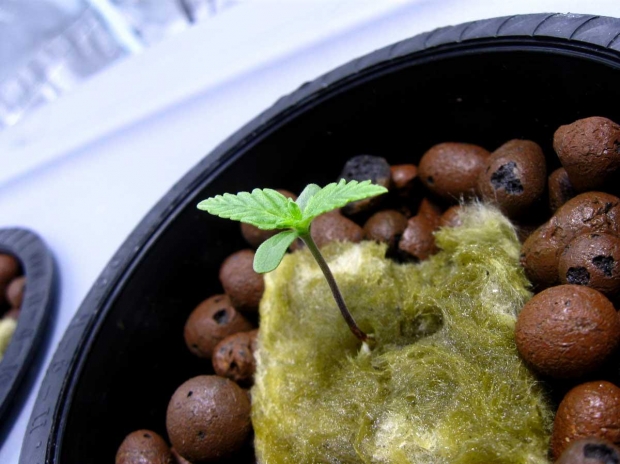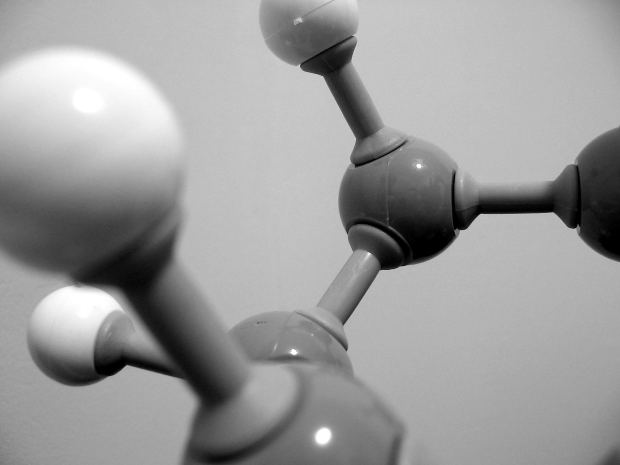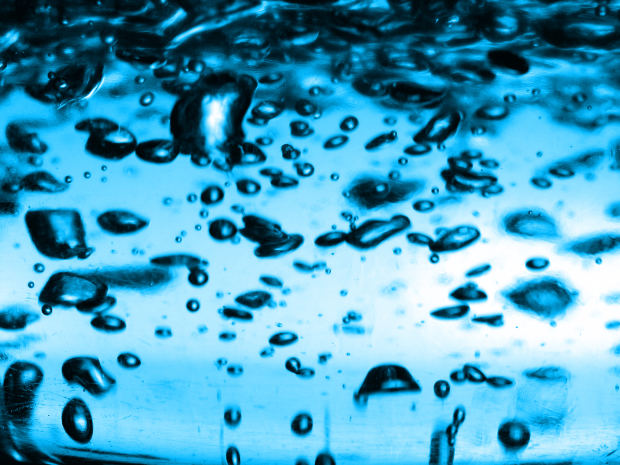 Loading... Please wait...
Loading... Please wait...Save Money. Grow Your Own!
Fast Plain Box Shipping.
We ship to the US & Canada.
Grow Your Own!
Oxygen and Hydroponics: A Beginner's Guide
Posted on 13th Apr 2016
Some of the simplest things in hydroponics can be the hardest to get right. You might spend some time listening to growers and hearing about the methods that they use, but still not really understand some of the basics of hydroponic management.
For instance, it's possible to think about the fact that plants use air, soil and water in nature, and try to translate that into hydroponics without realizing what types of things will cause your plans to either grow green and tall or simply wither and die.

Let's look at one of the most vital parts of this puzzle. It's really one of the basics. You know that hydroponic plants are grown in water, so break water down into its chemical items, you get H2O – the O the stands for oxygen.

Yes, but how do your plants use oxygen and how do you get it to them?
Lots of beginners make the mistake of thinking that hydroponic plants get all their oxygen from the air around them. It's an easy assumption to make, but it's totally wrong. Plants also need to get oxygen from the water that's used to provide nutrients.
Without this oxygenated waters you're not going to get the same caliber of plants. In fact, you might not get plants at all. So you need to build this into your hydro gardening strategy.
Air Pumps, Air Stones and Bubblers
Good hydroponic shops sell all sorts of pieces of equipment to help you get more oxygen into your hydroponic water. Most of these sit at the bottom of the reservoir and inject oxygen accordingly. You'll see it in the form of small bubbles. But these bubbles are a lot more important than the ones in your carbonated soda. They're vital for plant health.

Water Temperature and Oxygen
Here is another major point that you can't ignore if you're a beginner to hydroponics. You need to think about keeping the hydro water cold. Not icy cold, just chilled in comparison to the room temperature of the air.

Why is this important? You probably didn't know this, but cooler water holds more oxygen than warmer water. The water temperature affects the water’s ability to hold gas. So growers use specific items like water chillers to keep water below room temperature, for example, at 50 to 40 degrees F. Okay, 40 is a bit low. In any case, you have to really think about how to control water temperature as part of your overall handling of those three big environmental climate elements: temperature, humidity and pH value. All three of these are super important and not to be trifled with.
Dissolved Oxygen Monitors
There are also pieces of equipment that can monitor the dissolved oxygen in the water. This makes sense, because if it's so important, why not have an actual machine to keep track of how much oxygen is in there? You can connect these to your reservoir and get handy readouts that help you to manage plants accordingly. Don't settle for a shot in the dark -- get equipment in place that will help you to make sure your plants grow well.
Hydrogen Peroxide
Here's another note on oxygen and water. Some growers get the fancy idea that they can add hydrogen peroxide to the water in order to increase oxygen. Experts suggest you're better off staying with some of the other above choices. The reason is that common forms of hydrogen peroxide really don't provide oxygen in ways that plants can receive it. However, hydrogen peroxide does have a lot of application to cleaning the reservoir and scrubbing materials so you can keep it in your toolbox, but we don't recommend you trying to use it to get higher numbers of dissolved oxygen.
You might get tired of reading about oxygen, but it really is a basic building block for human, animal and yes, plant life. So take a hard look at how your hydroponic systems enable plants to get what they need for photosynthesis and produce healthy mature harvests.
